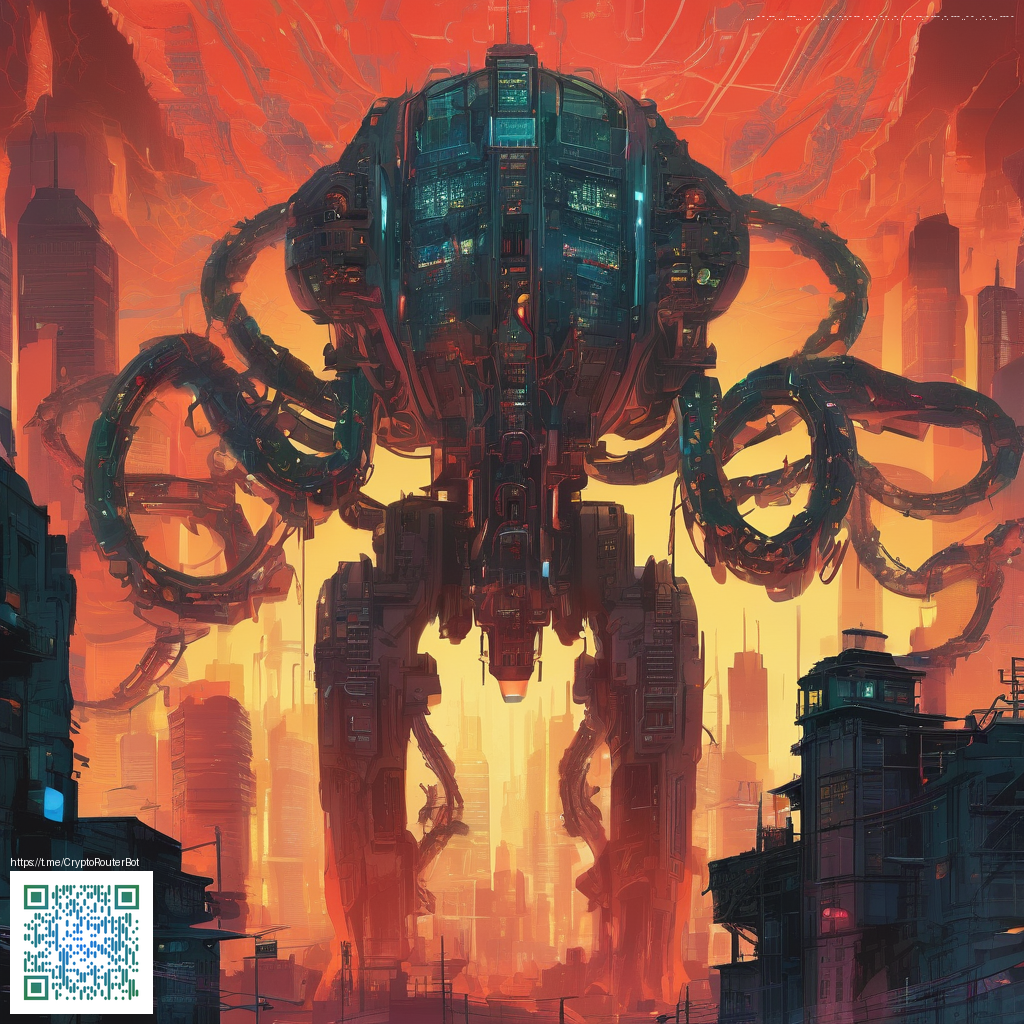
A Practical Guide to Optimizing Digital Paper for Print on Demand
Digital paper assets are the quiet workhorses behind successful print-on-demand (POD) products. They provide the textures, depth, and atmosphere that help designs translate from screen to fabric, ceramic, or paper. When you optimize digital paper for print, you’re not just making something look pretty—you’re shaping how it prints, how colors render, and how consistently your buyers experience your brand across different product lines. The goal is a workflow that preserves detail, remains flexible for various substrates, and minimizes surprises when the order queue starts rolling.
For creators on tight schedules, handy tools like the Phone Grip Click-On Reusable Adhesive Holder Kickstand can keep your device steady during reviews and proofs. It’s not essential, but it helps when you’re balancing screenshots, color checks, and mockups on a small screen. A stable setup reduces misreads of texture scale and color detail—small investments that pay off in better-ready assets.
Key Design Considerations
- Resolution and DPI: Aim for at least 300 DPI for print-ready textures. If you’re creating backgrounds that will be scaled for large products, consider upscaling with careful sharpening rather than pushing tiny details beyond readably sharp limits.
- Color management: Be mindful of color spaces. Many POD platforms expect sRGB-projected files, but proofs may shift tones when viewed on different devices. Build your textures in a controlled color space and test with soft-proofing before exporting.
- Bleeds, safe zones, and margins: Design with a bleed (0.125–0.25 inches) so textures extend to the edge of the print area. Keep important elements inside safe zones to avoid clipping on smaller formats.
- Texture fidelity vs. file size: High-resolution textures look amazing, but they’re heavier. Balance detail with practicality by using tileable patterns and scalable textures that maintain realism without ballooning file size.
- File formats and compression: Use TIFF or high-quality PNG for textures that require transparency or sharp edges. Reserve JPEG for photographic fills where tiny artifacts are acceptable and file size matters.
- Layered vs. flattened files: Maintain layered sources for editing flexibility, but flatten final exports for consistency and to reduce risk of unintended edits by downstream printers.
Exporting for POD Platforms
Export presets should align with platform guidelines and product type. For textures that will be used as backgrounds on apparel or accessories, a lossless PNG or TIFF with embedded color profile is ideal. When patterns are seamless, you can create repeatable tiles that preserve texture continuity across large surface areas. For overlays or mask textures, provide both a flat PNG and a layered TIFF so designers can adjust composition without starting from scratch each time.
Tip: Always include a proof layer or mockup that demonstrates how the texture behaves under print, including tiling, color shift, and edge blending. A quick on-screen check can catch issues before you export final assets.
Texture Creation and Realism
Realism comes from careful attention to scale, contrast, and subtle variation. Create seamless textures by generating tiles that align without obvious seams. Introduce micro-variations in hue and brightness to mimic the randomness of real-world surfaces—think canvas fibers, paper grain, or brushed metal. When possible, photograph real textures at high resolution and retouch them to control tiling artifacts. Remember to name layers clearly so you can rework specific components without losing track of your asset library.
Practical Workflow Tips
- Start with a master texture at a high resolution, then create a suite of derivatives (light, medium, and heavy grain) for different POD applications.
- Always test textures against multiple product mockups to gauge how they read on fabric, ceramic, and paper substrates.
- Batch export presets for quick turnarounds—one export for proofs, another for final production files.
- Keep a well-organized asset library with clear naming conventions and version control to streamline collaboration with printers and partners.
- Document your color and export decisions in a small spec sheet so future projects follow a consistent standard.
A Quick Reference
Consistency, proofing, and thoughtful texture design are the trifecta of POD success. By prioritizing print-ready formats, you set your designs up for predictable results across product lines and marketplaces.